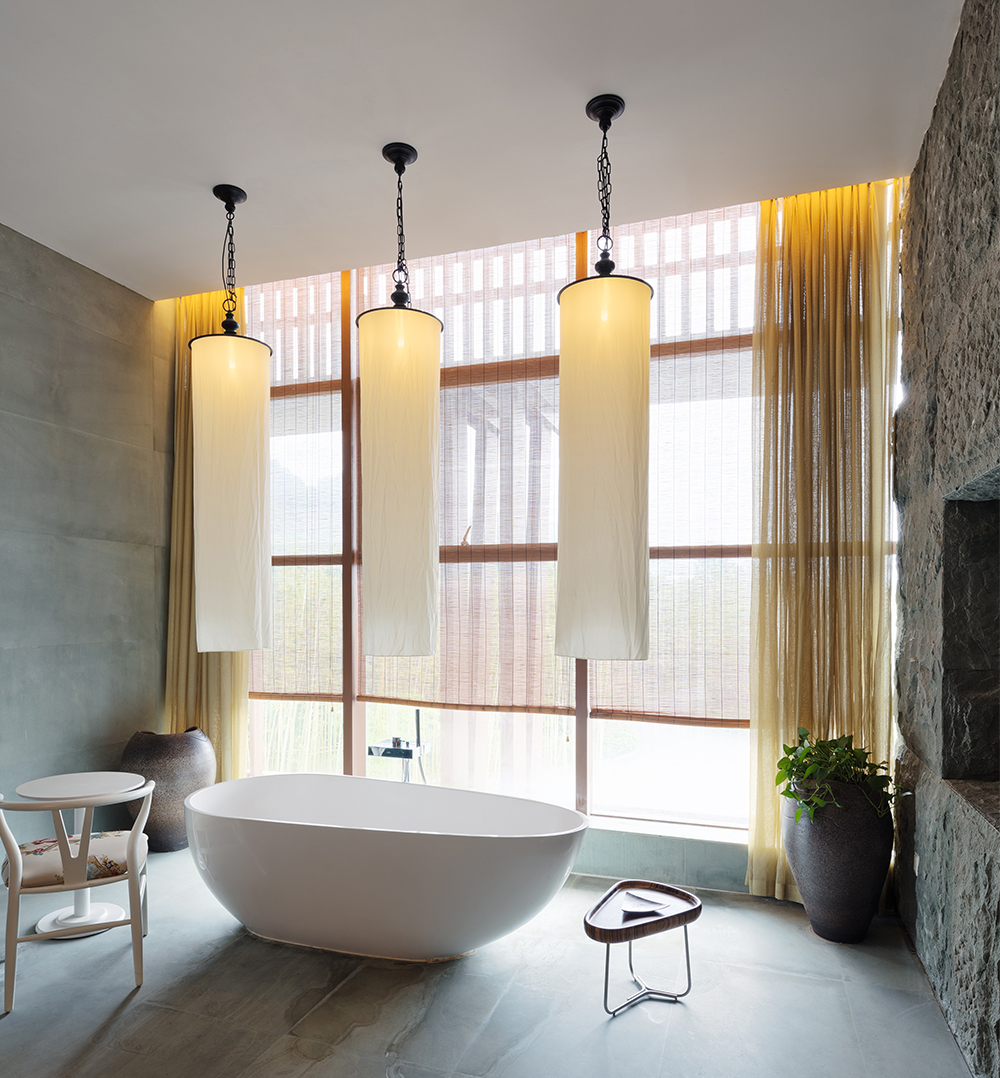Author: Igor Nastaskin
West Coast Home Sellers Cashing in on Record Home Values
Staying in a home longer can net a serious return on investment, especially in some of the nation’s hottest housing markets. That finding comes courtesy of a new Zillow analysis, which shows that U.S. homeowners who lived in their homes for about seven and a half years gained almost $40,000—or almost 24 percent—more than they originally paid upon selling their properties in 2016. “The housing market can change a lot in 10 years, and you see that reflected in this top 10 list,” says Dr. Svenja Gudell, Zillow’s chief economist. “Buying a home is one of the biggest financial decisions people will make in their lifetime, and it really paid off for sellers in these cities. Every city on this list has been growing extremely fast over the past decade, with the majority passing peak home value hit during the housing bubble. It’s extremely difficult to time the market, but if you’re a longtime homeowner in one of these cities, you could potentially see a great return on your investment.” Among Zillow’s top 10 list, three cities have home values growing in the double-digits. In Seattle, home values rose 15.5 percent year-over year, the fastest growing among the list, followed by Boston and Sacramento, Calif. In Los Angeles, those who remained in their properties for nine years and eight months saw a $200,000—or 53.7 percent—increase.
Five Ways to Make Your Home Look Larger
When selling a home, décor choices can impact how large or small a residence appears to potential buyers. Here, the National Association of Realtors offers some simple tips from professional home stagers on how to show off square footage, even when space is tight. 1. Remove heavy drapes Leave windows bare or hang sheer linen curtains. The space will feel brighter, and the view will be extended to the outdoors and automatically make your space feel larger. 2. Go monochromatic Painting every room in the same color can help lengthen a smaller space, preventing your home from feeling choppy and giving it more of a continuous feel. Furnishings and accessories also should be monochromatic. Reduce contrasting colors whenever possible. For example, if you have a room with taupe walls, walnut floors, a brown sofa and milk-chocolate pillows, the edges of each item will be less defined and, in turn, be perceived as taking up less space. 3. Remove rugs The more you break up the flow of your flooring, the smaller your space will feel. Limit rugs to only one or two main areas, such as under the dining table. Also, small rugs can dwarf a space, so when you do use them, make sure they aren’t too tiny. 4. Add mirrors to rooms Mirrors can help make a small room appear larger by reflecting more natural light. Consider placing a mirror next to or directly across from a window to add more depth to the room. 5. Raise the bar (in the bathroom) Place shower curtains and window treatments higher on the wall, which will give the illusion of higher ceilings and greater space.
Why Are You Selling? Ten Answers You Should Never Give
“Why are you selling your house?” might seem like a perfectly innocent question for home buyers to ask, but watch out: If you’re the home seller they’re asking, this is one of the most complicated questions you can answer. The reason? Pretty much any explanation you give is bound to contain revealing info that these home buyers could use against you, thereby compromising your negotiating power. Here, Realtor.com offers 10 responses to avoid when communicating with potential buyers. 1. I got transferred for my job This is one of the most common reasons why people sell their house. In fact, 17 percent of people surveyed by the moving company Allied Van Lines said they’ve been relocated for a job. Nonetheless, revealing this to home buyers could make them think that you’re desperate to sell fast and, in turn, lead them to make a lowball offer. 2. Our family needs a bigger house Trading up? Don’t relay that to home buyers. The reason is pretty simple: You don’t want to give buyers the idea that the house may not be enough room for them, either. 3. Now that our children have left the nest, we’re ready to downsize Downsizing makes total sense for empty nesters and retirees, but likewise, you don’t want home buyers to think that your house is too large and difficult to maintain. 4. We need a smaller mortgage payment There are a couple of reasons why this response is a bad idea. First, you don’t want to give the impression that the house is too expensive or overpriced. Second, you don’t want home buyers to presume that your finances are in such poor shape that you’d accept a lowball offer. 5. We’ve already bought our next house If you want to net top dollar for your house, don’t divulge that you’ve already purchased your next home. This will make the home buyer think that there’s a sense of urgency and that you have to sell quickly, and that’s a valid assumption considering that a lot of people can’t afford to carry two mortgages at once. 6. We want a quieter neighborhood Steer clear of saying anything that could paint the neighborhood in a negative light. Even saying that the area is quiet could backfire. You don’t know what a home buyer wants. For example, some people are drawn to areas that have a thriving night life. 7. We need to move closer to our parents to help care for them Many people move to be closer to family—and in some cases, it’s out of necessity. However, there’s no need to share that information with home buyers, since this suggests you have to sell your home quickly. 8. My back problems make it too difficult for me to climb the stairs A number of home sellers move out of two- or three-story houses for health reasons. However, you don’t want to draw attention to the fact that there are a lot of stairs throughout the home, since it could scare off elderly home buyers or buyers with young children. 9. Our utility bills are through the roof Energy-efficient home features are all the rage nowadays, which makes sense when you consider that home owners spend on average $1,945 a year on their energy bills. But some home buyers still overlook utility costs when they are house hunting. So, the very last thing you want to do is draw attention to the fact that your gas or electric bills are expensive. 10. The house is too difficult for us to maintain Even if you’re selling a clear fixer-upper, don’t mention maintenance costs to a home buyer. Also avoid talking about repairs that you just never got around to making, such as repairing the bathtub caulking or replacing the 20-year-old water heater—all reasons for home buyers to think twice about making an offer.
Eight Outdoor Trends That Attract Buyers
Thinking about putting your home on the market? Don’t neglect your outdoor space while making improvements indoors as well. Your home’s exterior and the backyard are important in drawing the eyes of potential buyers and making your home as appealing as possible. Here, RISMedia suggests some modern trends in outdoor living that will entice today’s buyers. 1. Outdoor structures Outdoor structures such as a storage shed can make the back yard, and even the front yard in some homes, more functional, while a gazebo or pergola can provide more outdoor living space. These outdoor structures boost the function, and therefore increase your home’s value. 2. Privacy in outdoor spaces Today, the outdoor space is an extension of the home. People are moving indoor furniture outdoors, adding fireplaces and even installing TVs. Yet, when they are relaxing outside, individuals want a measure of privacy. No one wants to be gawked at when enjoying a drink and watching the game after a long day at work. If possible, add some privacy to a pergola by installing walls or choose an enclosed gazebo. 3. Outdoor kitchen The modern outdoor kitchen includes more than just a grill and a picnic table. An outdoor sink, range and even oven can make your home more inviting. Of course, you will need to weigh the costs of this upgrade against the potential benefits; but if you have a great outdoor entertaining space, consider adding an outdoor kitchen to attract potential buyers. 4. Outdoor lighting Outdoor lighting appeals to buyers for numerous reasons. First, it improves the function of the space, making it easier to enjoy an outdoor living space even after dark. A well-lit deck lends itself to summer barbecues and parties that continue after midnight. Outdoor lighting also helps attract buyers by making the home more visible when they drive by the property, even if they drive by after dark. Good outdoor lighting will make the home inviting at all times of day. It also helps improve the security of the property, which may be important to select buyers. 5. Low-maintenance landscaping A lush, yet high-maintenance, garden might keep your home from selling, as many buyers are busy and do not have the time it takes to tend a garden. When upgrading your landscaping, go as low-maintenance as possible, while still ensuring that the home is attractive. Perennials that grow well in your area can add a splash of color, but don’t need to be replanted year after year. Mulch or rock can keep weeds at bay while giving the space a finished look. Automatic watering systems help ensure the plants have enough moisture to thrive, without requiring the owner to keep track of watering schedules. Don’t forget to add stone walkways and decorative items to improve the aesthetics of the space. 6. Natural wood and stone Natural wood and stone features on the home—even if they are made from faux materials such as vinyl—will attract the modern buyer. This design trend can make an outdated home look modern on the exterior, causing more buyers to stop and schedule a showing. It also can boost the appeal of a modern home by helping it to stand out in a crowded marketplace. 7. Fire pits or fireplaces If you have a modest budget, but want to add an outdoor feature that will increase your home’s potential value, consider installing a fire pit or outdoor fireplace. You can even do this as a do-it-yourself project if you have time. A fire pit provides a comfortable, logical place for outdoor entertaining or simply enjoying s’mores together as a family. 8. Permanent seating Many homeowners pull out all the stops when it comes to building decks, patios and outdoor entertaining spaces, but forget the most important part—seating. Consider a permanent, built-in seating option, such as a bench built into the deck or a picnic table that stays with the property. Remember, today’s buyers still have plenty of houses from which to choose. As you prepare yours for the market, be sure to think like a buyer and add features that will make the home as appealing as possible.








